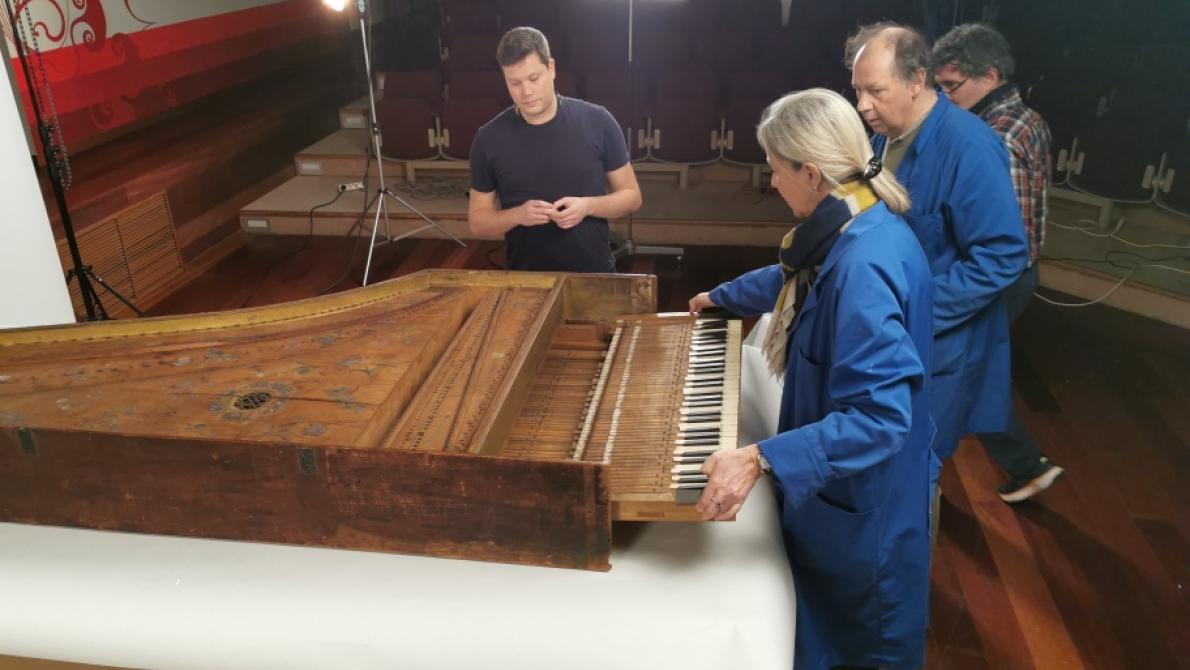
The Power of Museums is also the power of the network that connects them and the community of interests that they share. It is in that spirit that eleven musical instrument museums – the Vleeshuis Museum in Antwerp (BE); the Musikinstrumenten-Museum in Berlin (DE); the Musical Instruments Museum in Brussels (BE); St Cecilia’s Hall in the University of Edinburgh (UK); The Sigal Music Museum in Greenville (SC, USA); the Museum für Kunst und Gewerbe in Hamburg (DE); the Germanisches Nationalmuseum in Nuremberg (DE); the Musée de la Musique de la Philharmonie de Paris (FR); the Kunstmuseum in the Hague (NL); the Kunsthistorisches Museum in Vienna (AT); and the Smithsonian Institution in Washington (DC, USA)—have decided to pool their knowledge, acquired expertise and facilities to study the eighteenth-century Flemish harpsichords preserved in their respective collections, a heritage which deserves to be understood as a whole in order to enhance its specificity.
Thanks to this exceptional partnership, the corpus to be studied includes all Flemish instrument kept in public collections around the world. It consists of thirty instruments: twenty-three harpsichords including ten single-manual instruments, ten double-manuals, and three clavicytheriums; five bentside spinets; and two virginals. These instruments are dated from 1700 to 1793.
The purpose of this international joint venture in organological research—bringing together some thirty curators, conservators and researchers—is to produce by the beginning of 2026, the first worldwide catalogue of 18th-century Flemish harpsichords, shedding light on the history of each instrument but also the historical, cultural and musical context of its making.
The methodology and data gathering protocol will be determined by a Scientific Committee. It will include a combination of traditional dimensional organological methods, as well as the use of the latest archaeometric tools available. These will include dimensional and structural analyses like CT scans or X-rays to visualize the internal structure of each instrument; 3D scanning, photogrammetry, and metrology to produce accurate technical drawings; as well as material analyses like wood identification and dendrochronology; X-ray fluorescence to specify the composition of the roses or that of the palette of pigments used for the cases and soundboard decorations; micro Raman spectroscopy or Fourier transform infrared spectroscopy to further detail the nature of the pigments and characterize the binders; and eventually vibratory analyses of the soundboards to determine the acoustical profile of the instruments.
As the role of museums is also that of transmitting heritage and knowledge, the project will closely involve young researchers from several high schools, including those of the HOGENT (Gent, BE) and the Institut national du Patrimoine (Paris, FR).
With the support of the Jean-Jacques Comhaire Fund, managed by the King Baudouin Foundation.